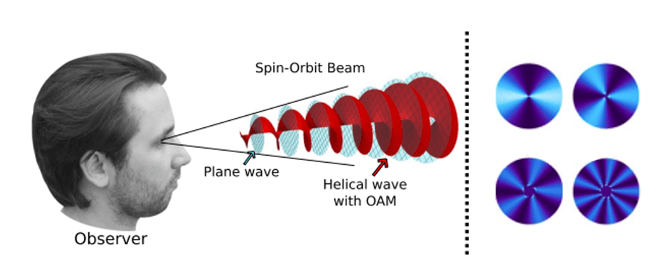Summary
It is unknown whether biological processes make direct use of quantum effects, as opposed to depending merely on the influence of quantum physics on chemical bonding and molecular structure. We are testing the hypothesis that entangled pairs of phosphorus-31 atoms may link the function of remotely located neurons within the vertebrate brain. Using a rat brain model and an array of instruments and techniques, we are exploring the possibility that dissociation of pyrophosphate molecules sends entangled 31P atoms into separate neurons with physiologic consequences. We are also investigating whether there are systematic differences in neuronal action potential when we subject the neuronal tissue to different isotopes of lithium. If we can show that remotely entangled atoms link the functions of separate neurons, this may provide insight into a range of biological mysteries, such as olfaction, magneto-navigation by the European Robin, and the actions of lithium in treating mood disorders.

Related Content

Hybrid Quantum Repeater based on Atomic Quantum Memories and Telecom Wavelength Entangled Photon-Pairs Generated from Semiconductor Nanowires
Summary Losses in physical channels, such as optical fibres, limit existing quantum communication systems to modest distance ranges. Since amplification of quantum signals is fundamentally not possible, we look to extend the range and functionality of these quantum channels by adding quantum memory nodes that can daisy-chain multiple lengths of quantum channels through entanglement […]
October 29, 2018

Extensible Technology for a Medium-Scale Superconducting Quantum Processor
Summary Superconducting quantum bits, or qubits, use circuits made from superconducting materials to harness quantum mechanical states. These devices contain many atoms, but can behave as simple, controllable qubits. We are building technologies for the control and measurement of superconducting qubits to enable the first demonstration of an extensible, medium-scale quantum processor. Our approach […]
November 28, 2016

Structured Light Applications in Vision Science
Eye diseases such as macular degeneration can have a devastating impact on quality of life. Early detection and treatment are thus crucial for preventing irreversible vision loss. A previous study found that the human eye can detect differences in ‘structured’ light beams. Such light beams are composed of a coherent superposition of differently polarized planar […]
April 24, 2023

Ultrafast Dynamical Studies of Valley-Based Qubits
Summary As monolayers, transition metal dichalcogenides (TMDCs) – such as tungsten diselenide (WSe2) – become direct-bandgap semiconductors capable of emitting light. Compared to conventional direct-bandgap semiconductors, such as III-V semiconductors like GaAs, excitons (quasiparticles made of an electron hole bound with an electron) and single-layer TMDCs (SL-TMDCs) have much stronger binding energy. Excitons and […]
June 29, 2018

